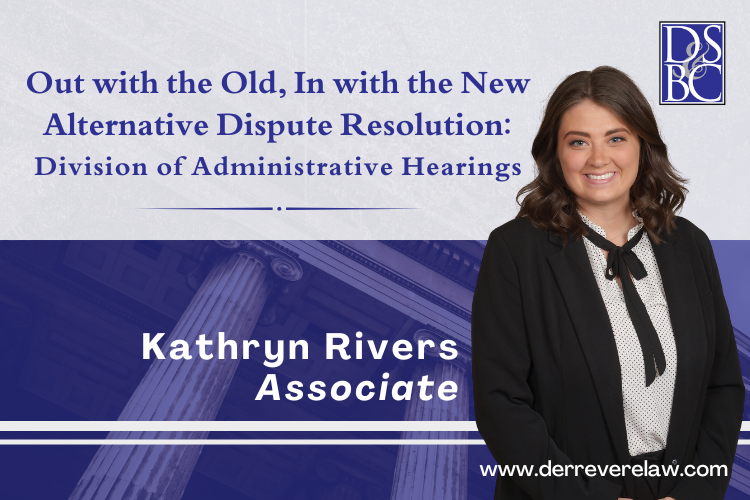What is the deal with Statements of Facts under Massachusetts Rule 9A?

Let’s face the FACTS, as discussed previously Superior Court Rule 9A is as confusing to most attorneys as it would be to non-attorneys. Sometimes this statute can feel like trying to decipher the map to the Holy Grail—so get out your Indiana Jones hat and whip and let’s get cracking.
First and foremost, realize that this is ONLY for Summary Judgment in Superior Court, this does not apply to your District Court cases. So breathe easy my district court brothers and sisters.
What’s the Big Deal About Statements of Facts?
Imagine you are at a dinner party. You have got an amazing story to tell, but if you start rambling on without structure, your audience is going to zone out faster than you can say “objection.” That’s what the statement of undisputed facts does for your motion for summary judgment—it organizes your evidence and keeps the judge engaged. Getting this right is probably the only way a judge will even consider your motion, so a big focus should be paid to this!
The Moving Party’s Statement of Facts
Here’s the lowdown on what you need to serve up as the moving party:
-
- Numbered Format: Think of this as your legal “bullet points.” Each fact gets its own number, making it easy for the court to keep track of your dazzling array of facts.
- Materiality Matters: Only dish out the facts that are essential to the case. No one wants to hear about that time you won the goldfish at the local fair—unless it’s relevant!
- Citations to Evidence: Every fact needs a supporting citation of evidence! Site to them and include them in your Joint Appendix. If you need help, check out my prior blog: Learning to Love Superior Court Rule 9A Pt. II — Summary Judgment
- Disclaimer – This is now a bit out of date because they keep changing these rules, so be sure to double-check the rule!!! You can’t blame me when the court tells you that you filed improperly.
- Clarity is Good: Keep your language straightforward and objective. Remember, you’re aiming to convince, not confuse!
- Do Not:
- Exceed 20 pgs;
- Include background facts not material to a decision (include those in the memo of law);
- Include quotes from any contract, trust, agreement, etc. The Statement of Facts may only seek to establish the existence and authenticity of such documents;
- Use quotations from any statutes, regs, etc.
The Response: Opposing Party’s Turn to Shine
Now, let’s flip the script. The opposing party has a chance to jump into the ring and throw down.
1. Response to the moving party’s statement of facts:
-
- You MUST respond to the moving party’s statement of facts, on the same document.
- Example:
- (Moving Party): Defendant hit Plaintiff’s vehicle. See Exhibit A.
- (Non-Moving Party): Response: Denied. Plaintiff’s car reversed into
Defendant’s vehicle. See Exhibit B.
- Example:
- Do not forget to do this, or fail to deny something that is a death knell for your case—as long as you have evidence to support your denial.
- Supporting Evidence: Don’t just claim something is false—back it up! Cite your sources. Failure to include these can result in the Fact being deemed admitted by the court.
- You MUST respond to the moving party’s statement of facts, on the same document.
2. Statement of Additional Facts:
-
- What the heck is this??
- Just as the moving party gets to lay down their cards, you’ll present your own numbered list of disputed facts. Think of it as your comeback tour! But the rules are super weird on this so get ready.
- Once upon a time as the non-moving/opposing party, you simply added these to a singular Word document called The Statement of Facts. If the moving party had 20 numbered statements, the non-moving party would then start their numbering at 21 on the same document, and then a single Statement of Facts was filed. This made things very easy for the judges to review these together and get input from each party. However, as the rule is written this is no longer the case.
- So, you need to follow: Super. Ct. Rule 9A (b)(5)(iii)(B)
- This is super confusing for most people, even judges. Fun story, one time I was opposing an MSJ. We submitted everything in accordance with the above-referenced rule, i.e. we had a separate statement of facts and the judge ordered us to disobey the rule and submit a Joint Statement of Facts as it was laid out under the old rule. We of course complied. When we had our hearing on this, I was bold enough to ask the judge why we were required to submit in a way that did not comply with the rule, and the judge explained that they hated the new rule and argued against it when it was proposed. So the lesson, be flexible and do as the judge says!
- What the heck is this??
Conclusion
The Statement of Facts (moving party), Response to the Statement of Facts (non-moving party), and Statement of Additional Facts (non-moving party) are by no means easy to understand. But with the right amount of focus, you can sort through the chaos, and reach that Holy Grail of a compliant 9A package—“it belongs in a museum!”




